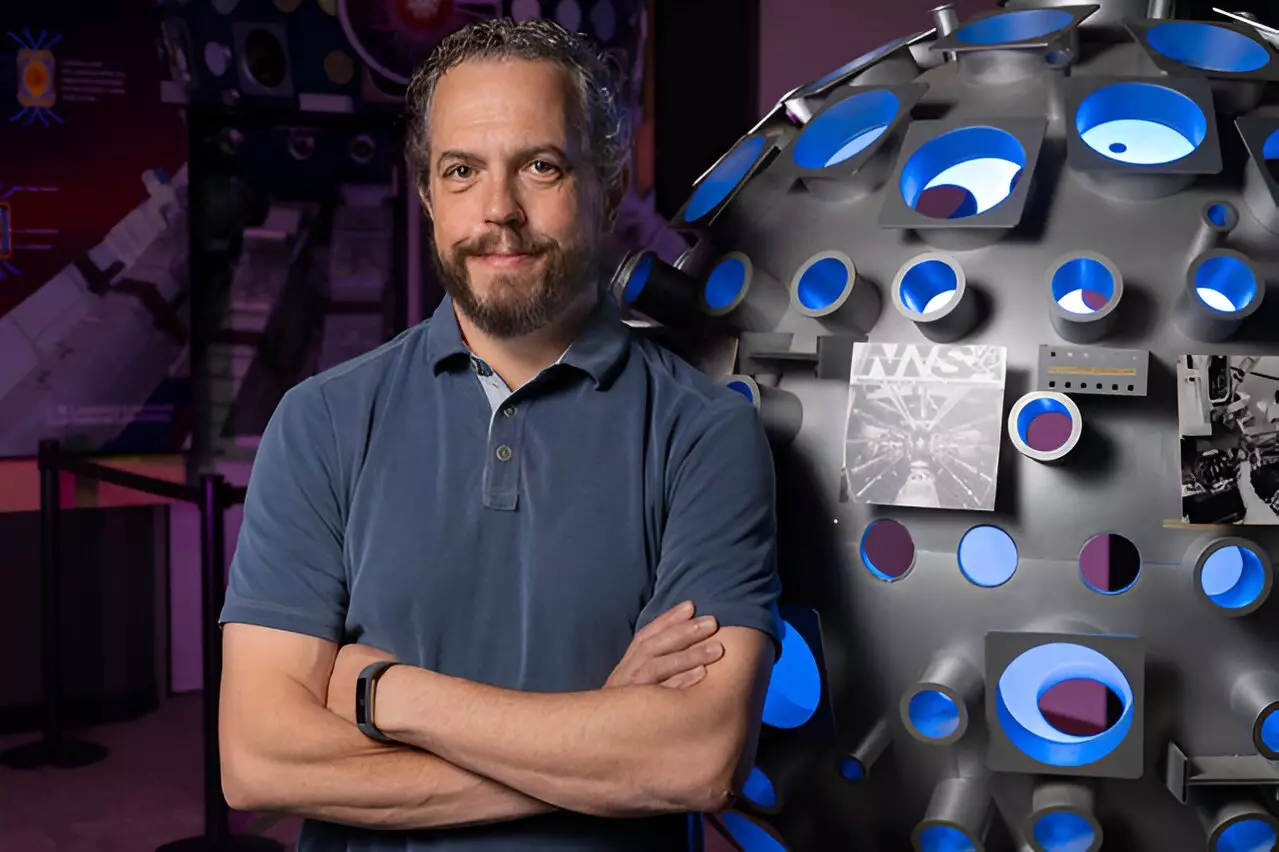At the forefront of scientific exploration, the Lawrence Livermore National Laboratory (LLNL) has made significant strides in fusion research, particularly with its groundbreaking work at the National Ignition Facility (NIF). Recently, LLNL researchers published a noteworthy paper in *Nature Communications*, detailing how implosion asymmetry has played a pivotal role in the lab’s journey toward achieving fusion ignition. This article explores the complexities of inertial confinement fusion (ICF), the implications of these recent findings, and how they inform future research in the field.
Implosion asymmetry refers to the uneven compression of plasma during fusion experiments. This phenomenon can severely impact the efficiency and outcome of fusion reactions. Joe Ralph, a leading physicist involved in the research, likens the issue of asymmetry to the struggles faced by a plane with an unbalanced wing; while it may remain grounded, that imbalance becomes problematic during takeoff. This analogy highlights the intricate relationship between symmetry and the success of ICF experiments, illustrating that a burning plasma—essentially the point at which conditions are ripe for fusion—requires a carefully balanced system.
The recent study emphasizes that asymmetries historically contributed to performance variations during ICF experiments. Notably, the research team found that despite the deleterious effects of these asymmetries, significant advances were made, underscoring the need for continuous refinement in experimental approaches.
The journey to fusion ignition at NIF has been marked by notable milestones, one of which was the achievement of a burning plasma state in 2021. During this phase, neutron yields soared to over 170 kJ—tripling the previous record set in 2019. It is worth noting that such accomplishments were realized in the midst of numerous performance-degrading variables, including, but not limited to, Asymmetries. Achieving this state was a critical precursor to eventual ignition in December 2022, marking a historic moment in fusion energy research.
The team’s quantitative analysis has provided empirical degradation factors specific to mode-2 asymmetry in the burning plasma context. By utilizing these insights, researchers succeeded in aligning theoretical predictions with measured experimental performances observed during their highest-yield campaigns. This intersection of empirical data and theoretical frameworks is where ICF research truly flourishes, fostering a deeper understanding of the challenges at hand.
One of the central themes of the LLNL research is the necessity for ongoing refinement in the models and methodologies used in fusion experiments. Achieving perfect symmetry during the implosion process is crucial for optimizing energy containment, which directly affects fusion reaction yields. The recent paper not only outlines existing degradation factors but also aims to enhance predictive modeling through a series of advanced simulations. These simulations comprehensively integrated alpha-heating effects—an element previously under-represented in performance models.
By isolating and addressing asymmetry variables, the researchers were able to refine their predictive tools, ultimately improving experimental outcomes and decision-making processes. This continuous cycle of improvement and learning is essential for pushing the boundaries of what can be achieved in fusion energy, a field often characterized by its complexity and unpredictability.
Future Directions in Fusion Research
Looking ahead, the findings from LLNL present a compelling vision for future explorations in fusion energy. The enhanced understanding of asymmetries not only aids in troubleshooting existing challenges but also serves as a foundation for innovative approaches in experimental designs. As researchers strive to enhance yields and efficiencies, the ability to predict and correct degradations offers a clear roadmap towards sustainable fusion energy—a goal that, if achieved, could redefine the global energy landscape.
LLNL’s recent contributions to understanding implosion asymmetry reveal the intricacies entwined in the fusion process. By reviewing past performances through a critical lens and implementing rigorous empirical techniques, LLNL is propelling the scientific community closer to realizing the dream of harnessing fusion energy. As the journey continues, every discovery brings us one step closer to a brighter, energy-sustainable future.

